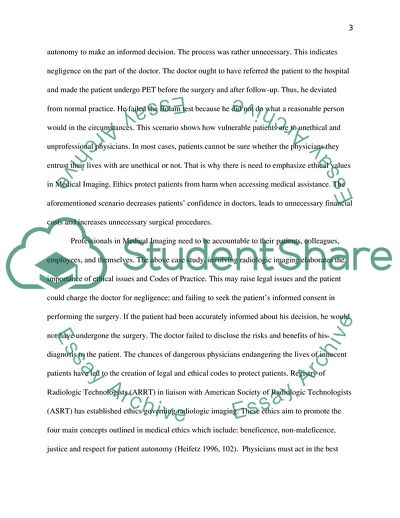Cite this document
(Clinical Practice in Medical Imaging Report Example | Topics and Well Written Essays - 1500 words - 1, n.d.)
Clinical Practice in Medical Imaging Report Example | Topics and Well Written Essays - 1500 words - 1. https://studentshare.org/medical-science/1771923-reflective-assignment
Clinical Practice in Medical Imaging Report Example | Topics and Well Written Essays - 1500 words - 1. https://studentshare.org/medical-science/1771923-reflective-assignment
(Clinical Practice in Medical Imaging Report Example | Topics and Well Written Essays - 1500 Words - 1)
Clinical Practice in Medical Imaging Report Example | Topics and Well Written Essays - 1500 Words - 1. https://studentshare.org/medical-science/1771923-reflective-assignment.
Clinical Practice in Medical Imaging Report Example | Topics and Well Written Essays - 1500 Words - 1. https://studentshare.org/medical-science/1771923-reflective-assignment.
“Clinical Practice in Medical Imaging Report Example | Topics and Well Written Essays - 1500 Words - 1”. https://studentshare.org/medical-science/1771923-reflective-assignment.


